Last week I posted about the first of four rolls of already-developed film I had come across via a seller on eBay, and have been scanning and restoring one by one. This is the second roll, which provides a whole new set of clues as to the photographer and their living conditions in Korea, just after the end of World War II. Today is the 70th anniversary of the D-Day landings in Normandy; I’m guessing these photos stem from roughly 12 to 14 months after that day – between June and August, 1945. I’ll explain why below.
I was excited to see the results of this roll, because I could tell as I was putting them on the scanner that there were a number of close-up portraits. I could be completely wrong, but I suspect the following photo is of the photographer himself. On the roll, the portraits immediately precede a series of photographs that show the inside of a Soldier’s room. As a veteran myself, who has deployed overseas and left my family behind, I imagined he might be taking these photos to share with loved ones at home – exactly as I did myself, almost exactly 60 years later in Afghanistan.
His rank insignia identifies him as a lieutenant – we can’t tell whether he’s a second (more junior, gold bar) or first (more senior, with a silver bar) lieutenant – and the crossed rifles on his other lapel identify him as an infantry officer.
He appears to have lived in pretty Spartan conditions, don’t you think?
From another source, I know that the 592nd Engineer Boat and Shore Regiment’s boat battalion was stationed on Wome-Do, an island near Incheon. I think the officer we are looking at here was the commanding officer of one of this battalion’s companies. Why? On the chair in the last photo above, we see a seahorse on an oval background, above the letters, “C.O.” This insignia was worn by members of the Engineer Amphibious Command from October 1942, and in June 1946, became the official insignia of the 2nd Engineer Special Brigade. We also know the photos were probably taken no earlier than June or July of 1946 because of the photo below:
This is a copy of “Coronet” magazine, printed in May, 1946. How long would it have taken to arrive in Korea back then, and why did the photographer take 3 pictures of it, only one of which was light enough to make out this detail?
And then we have this photo, which may depict the unit’s arrival at this location in Korea. Even today, Soldiers arriving at a new location will be told to grab their duffel bags from the truck and line up to be assigned to barracks rooms.
In 1945, lieutenants often found themselves in command of companies (normally commanded by captains) – so our C.O. was probably a first lieutenant, with anywhere from two to four years of experience under his belt.
The building below is probably one of the buildings they occupied and used as barracks. Or maybe the officers stayed here – who knows? In any case, there was a reason for the photographer to snap several shots, and those look like military-issue sheets and towels hanging from the line!
We can learn about what these guys did from a 1995 interview of an officer who may have actually served in this unit at the time these photos were taken. In fact, he may be in one of the photos. He explains:
When I got overseas, they lined everybody up on the dock and told every fifth guy to step forward and I ended up in the Corps of Engineers as adjutant of the boat battalion of the 592nd Boat and Shore Regiment, which was the outfit that ran the boats in the harbor of Inchon. So I spent all of the time in Korea living on the island of Wome Do — “Do” means island and “Wome” means moon tail — located in the port of Inchon.
When they broke up the battalion and transferred everybody I went to the Corps of Engineers in order to get a promotion and then they broke up that battalion and turned us all into a transportation port company. I ended up commanding the whole thing the last eight months I was there. Anybody with any points went home and we weren’t getting any experienced boat people so I had a nice little fiefdom out there on Wome Do.
We were on an island and our looks were always to the sea. We operated lighters to and from the shore. We were on duty 24 hours a day and you may recall something of the tide problem in
Inchon. They later built the big tidal basin of which Wome Do is actually now part. Inchon when I was there was the port with the second highest average rise and fall of tide in the world, next to the Bay of Fundy, and you had to operate strictly in accordance with the tides. You couldn’t get in or out of the tidal basin unless the tide was correct. You couldn’t even get up to Charlie Pier in Inchon harbor for much of the day. You would look over the area one hour and see nothing but shining water as far as the eye could see and six hours later it was nothing but shining mud as far as the eye could see. But we operated LCMs and LCTs, which the Navy had left us. All of the supplies at that time for Korea for the 24th Corps were coming in through Inchon because the railroads were broken to Pusan. Pusan was more or less inoperative anyway and the troops were all up towards the 38th parallel.
The narrator of this account would go on to be a distinguished ambassador in the 1970s, and passed away at the age of 82 in 2005. You can read his obituary here. The photos below closely parallel his description, almost as if he could have taken them himself. First, we can see the LCMs or LSTs (Landing Craft, Mechanized / Landing Ship, Tank), followed by the mud flats he refers to. Note the tiny figure of a man in the third photo.
Then, shots of some of the other equipment they must have worked with.
Then there are a few more portraits, such as this guy, who appears to have infantry officer insignia and is a bit older, so may have been the battalion exec or commander:
…and this guy, who shows up several times in this set of four rolls, and who I suspect was probably the unit’s First Sergeant.
This was a pretty skilled photographer – there are sixty photographs on this roll, each of which tells a story, and I have only managed to show a fraction. There are probably many other clues I’ve missed, as well as several more close-up portraits. If you have a moment to take a look and see if I might have missed anything, I encourage you to have a look at the complete roll, which can be found at this link. Next week I’ll profile the third roll in the set.

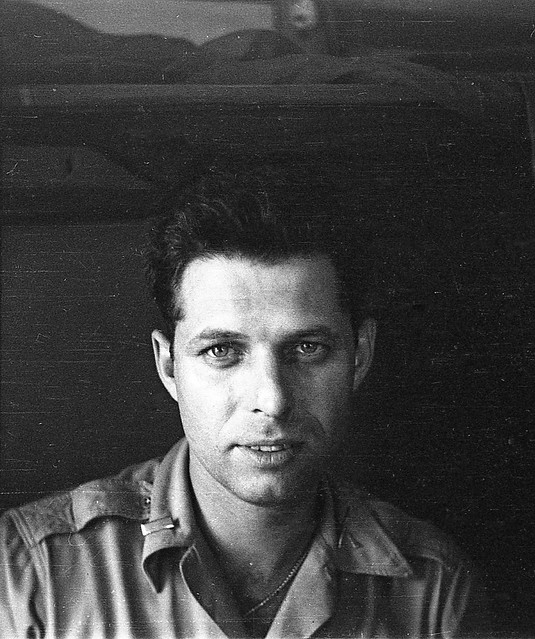
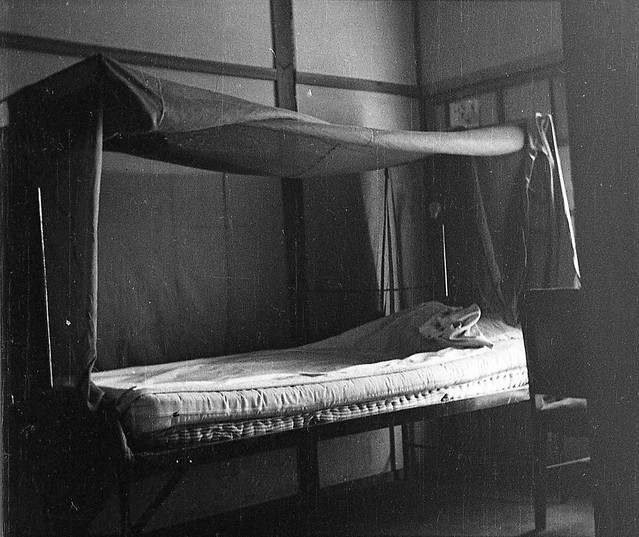
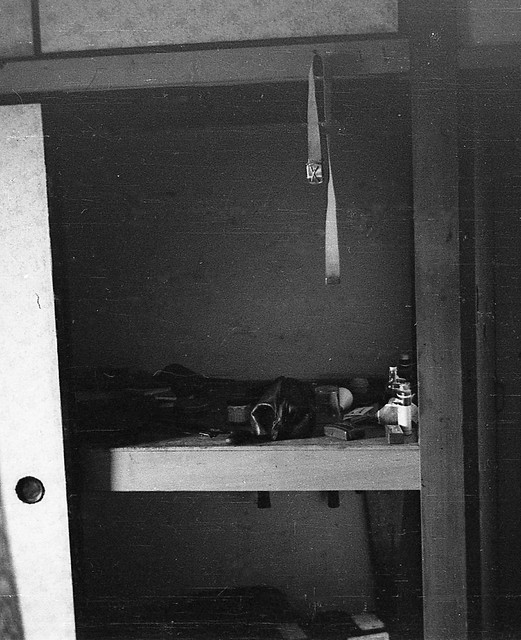
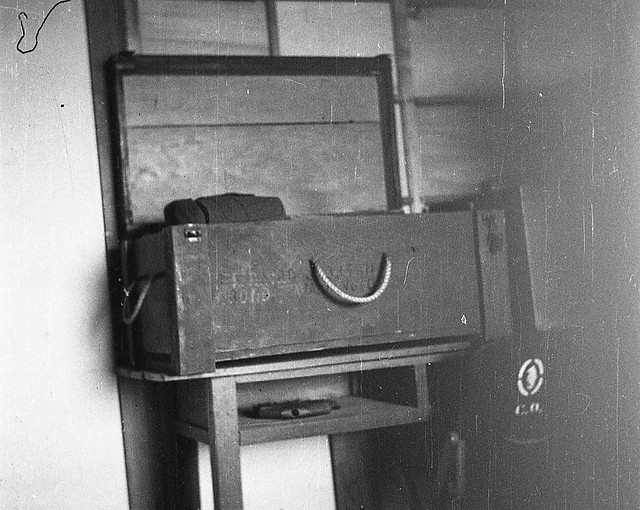
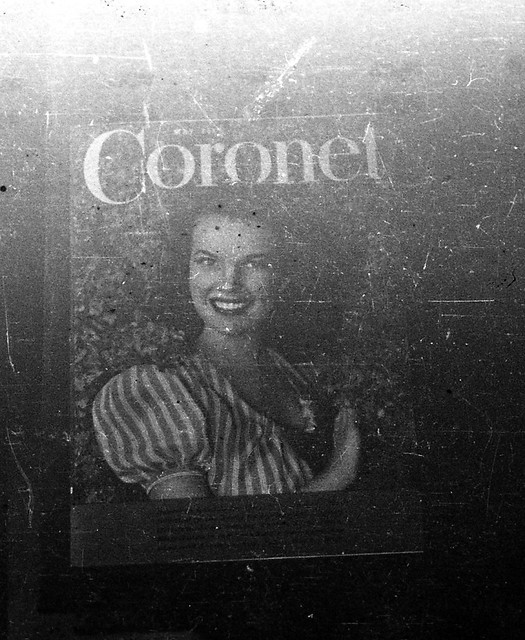

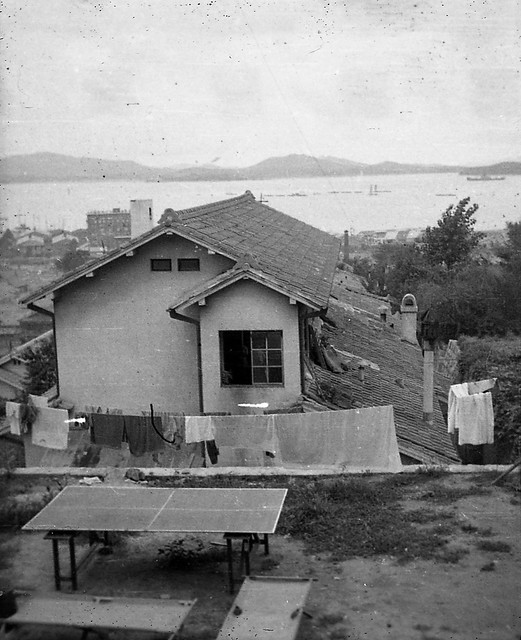
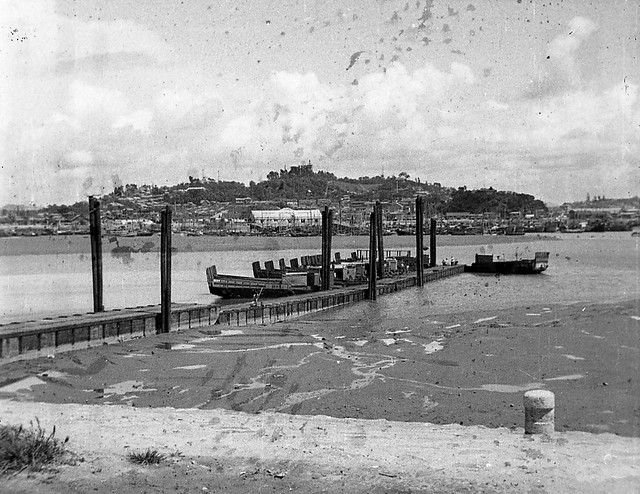
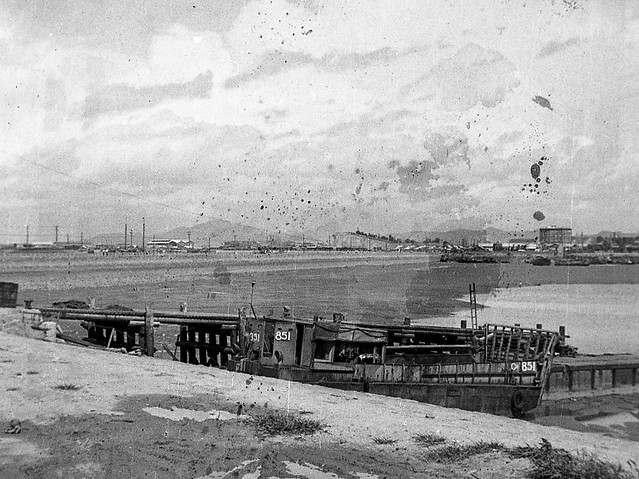
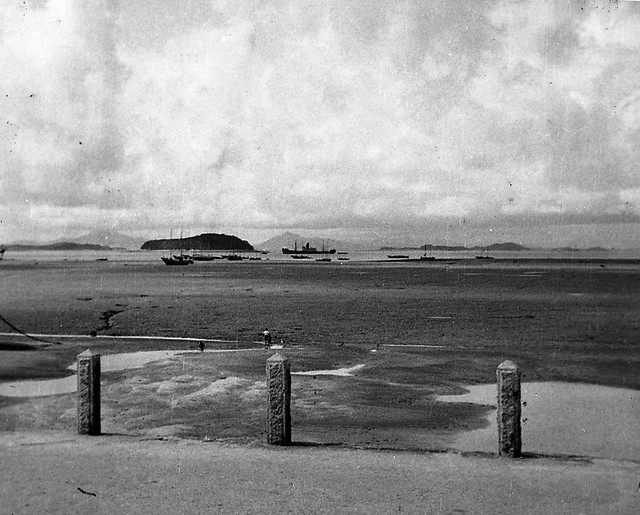
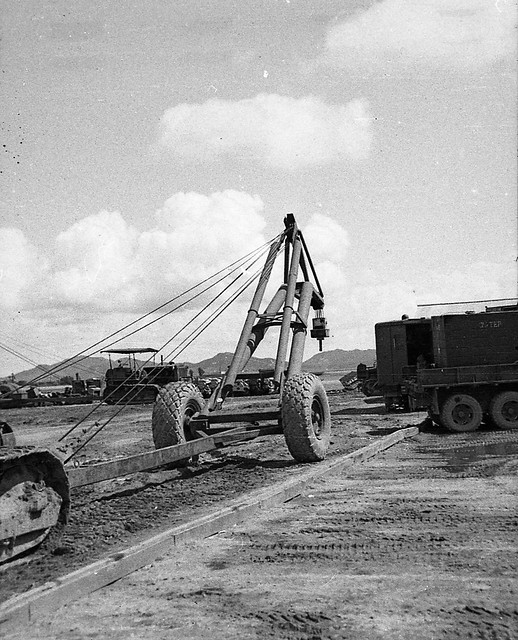

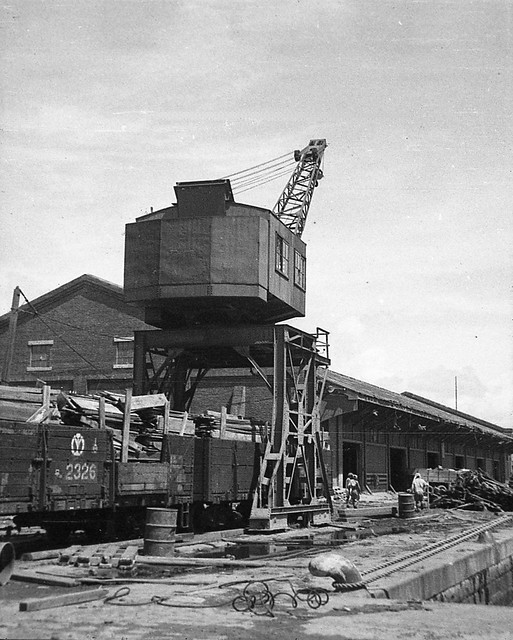


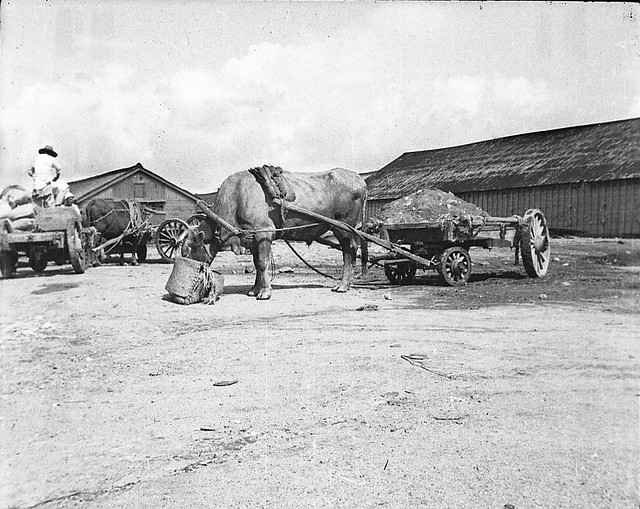

6 Responses to Found Film: Korea, 1946 – part 2